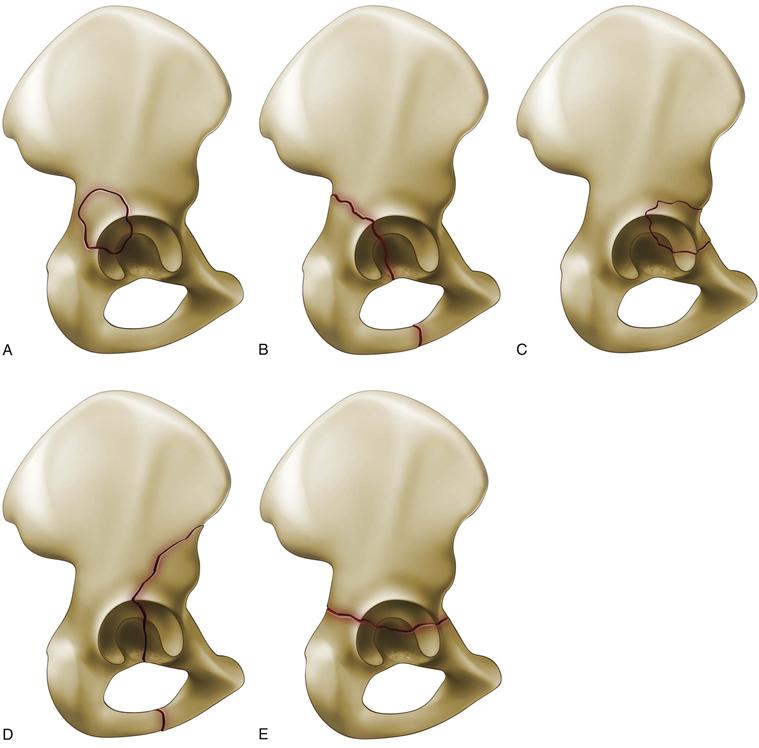


In addition, the reductions in the Injury Severity score and mortality may be associated with improved road and vehicle safety. Our findings suggest that there will be a continuing need for some orthopaedic surgeons to specialise in the management of these fractures. The incidence of osteoarthritis noted during follow-up of operatively-treated fractures declined from 31% to 14%, reflecting improved results with increasing subspecialisation. There was a significant reduction in the median Injury Severity score over the period which was associated with a significant decrease in mortality (p <Ġ.04) and a reduction in the length of hospital stay. The number of fractures resulting from falls from a height <ġ0 feet showed a significant increase (p <Ġ.002), but there was no change in those caused by motor-vehicle accidents. There was, however, a significant reduction in the number of men sustaining an acetabular fracture over the period (p <Ġ.02). There was no significant change in the overall incidence of acetabular fractures, which remained at 3 patients/100 000/year.
Transverse acetabular fracture series#
Our study cohort comprised a consecutive series of 351 patients with acetabular fractures admitted to a single institution between January 1988 and December 2003. We prospectively analysed the epidemiology of acetabular fractures over a period of 16 years in order to identify changes in their incidence or other demographic features.


 0 kommentar(er)
0 kommentar(er)
